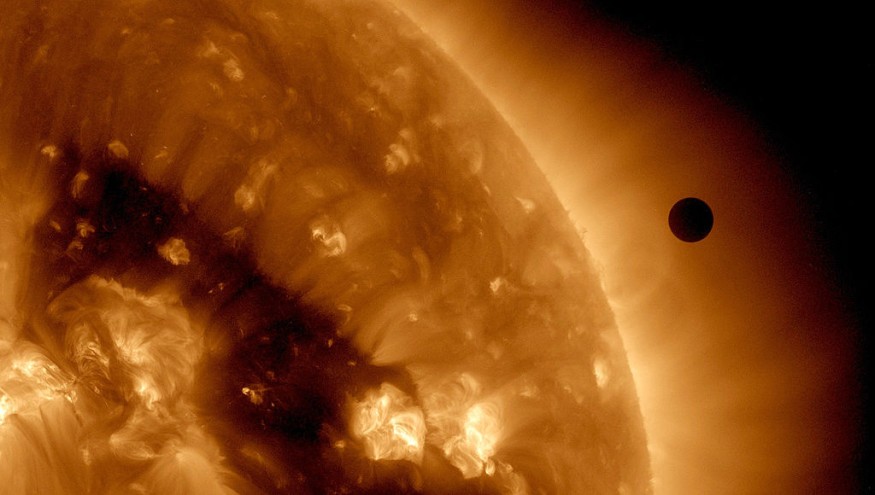NASA recently showed the image captured from a shattered planet as it hovers towards a stellar core. The fragmented orb's point of destination was actually a core of its parent star, which had been long dead for quite a while now.
The dramatic pull of the broken planet to the white dwarf was captured through the help of NASA's Chandra X-ray Observatory.
The imaging gathered by NASA serves as strong evidence over a theory that the debris from the fragmented planets is sent towards the stellar remains for billions of years.
White Dwarf G 29-38 Burns Remnants of a Planet

The white dwarf is known as the last phase of the dying star. At this stage, the stellar body burns the last of its available fuels, forcing its layers to decay and leaving the dense core exposed.
The University of Warwick experts led the study on the new images of the damaged planetary structure. According to their observation, the fragments from the planet reach an intense temperature that scales to 1.8 million degrees Fahrenheit.
The white dwarf, dubbed G 29-38, was previously an active star that charted at 44 lightyears away from Earth.
The University of Warwick Department of Physics expert and lead author of the study Timothy Cunnigham said in a DailyMail report that what they encountered will be the fate of moons, planets, and asteroids inside the solar system a few billion years from now.
The dying process of the cosmic bodies is not as fast as it seems. As the state of the G 29-38, the series of a star's decay begins during the Red Giant phase, where it shed its outer layers and the planetary bodies will be scattered gradually. After billions of years, the planetary bodies will drawback nearer to their sun while forming a disc and feeding themselves to it eventually destorying themselves.
Cunningham explained that the current estimates of the age of these discs span from a hundred thousand to a million years. The lifetime of the discs may vary depending on the mass of its planetary body being destroyed.
First-Ever Capture of a Dying Planet
X-ray imaging from the G 29-38 allowed the authors to detect the gaseous and rocky fragments left behind by the broken planet after the absence of its host star.
These planetary chunks were identified to approach the core of the stellar's body slowly until it is fully consumed. The experts believed that this activity occurred after the planetary system's billion-year existence. G 29-38, according to the study, may have obtained an insufficient amount to combine its elements and form its entirety, diverting to a path in which it became a white dwarf.
Most planets and stars will meet the same demise as G 29-38. White dwarfs discovered throughout the Milk Way alone counts to over 300,000.
The spectroscopy approach has been utilized in most cases that include white dwarfs for the past decade. The method offers a clear view of the white dwarfs through the optical and ultraviolet wavelengths.
Initial studies point to dead planets as initiators of the events, but the latest research was the first to confirm a direct transition between a broken planet and a white dwarf. Most of the planetary fragments pulled by a dying star include the usual elements found in many bodies, such as iron, calcium, and magnesium - all of which are found in the atmosphere of the white dwarfs.
The study on the first-ever view of planetary materials hurling to a white dwarf was published in the journal Nature, titled "A white dwarf accreting planetary material determined from X-ray observations."
RELATED ARTICLE: This Largest Comet Ever Coming from Oort Cloud is as Big as 15 Mount Everests
Check out more news and information on Space in Science Times.












